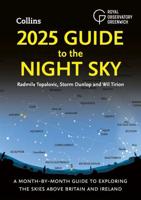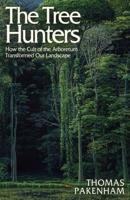Publisher's Synopsis
Streamflow and water-quality data, including concentrations of nutrients, metals, and pesticides, were collected from October 1988 through September 2009 at six sites in the Treyburn development study area. A review of water-quality data for streams in and near a 5,400-acre planned, mixed-use development in the Falls Lake watershed in the upper Neuse River Basin of North Carolina indicated only small-scale changes in water quality since the previous assessment of data collected from 1988 to 1998. Loads and yields were estimated for sediment and nutrients, and temporal trends were assessed for specific conductance, pH, and concentrations of dissolved oxygen, suspended sediment, and nutrients. Water-quality conditions for the Little River tributary and Mountain Creek may reflect development within these basins. The nitrogen and phosphorus concentrations at the Treyburn sites are low compared to sites nationally. The herbicides atrazine, metolachlor, prometon, and simazine were detected frequently at Mountain Creek and Little River tributary but concentrations are low compared to sites nationally. Little River tributary had the lowest median suspended-sediment yield over the 1988-2009 study period, whereas Flat River tributary had the largest median yield. The yields estimated for suspended sediment and nutrients were low compared to yields estimated for other basins in the Southeastern United States. Recent increasing trends were detected in total nitrogen concentration and suspended-sediment concentrations for Mountain Creek, and an increasing trend was detected in specific conductance for Little River tributary. Decreasing trends were detected in dissolved nitrite plus nitrate nitrogen, total ammonia plus organic nitrogen, sediment, and specific conductance for Flat River tributary.










